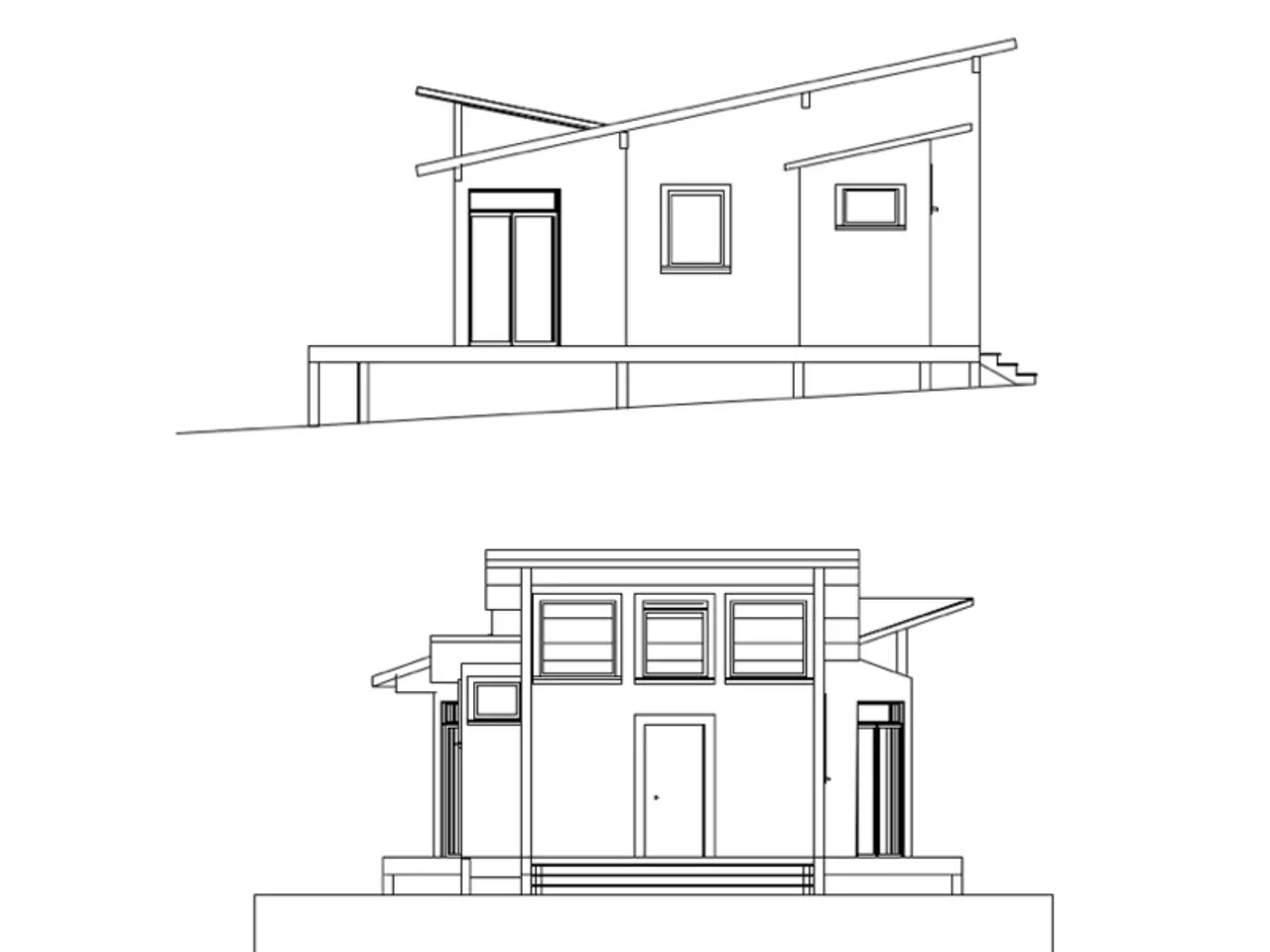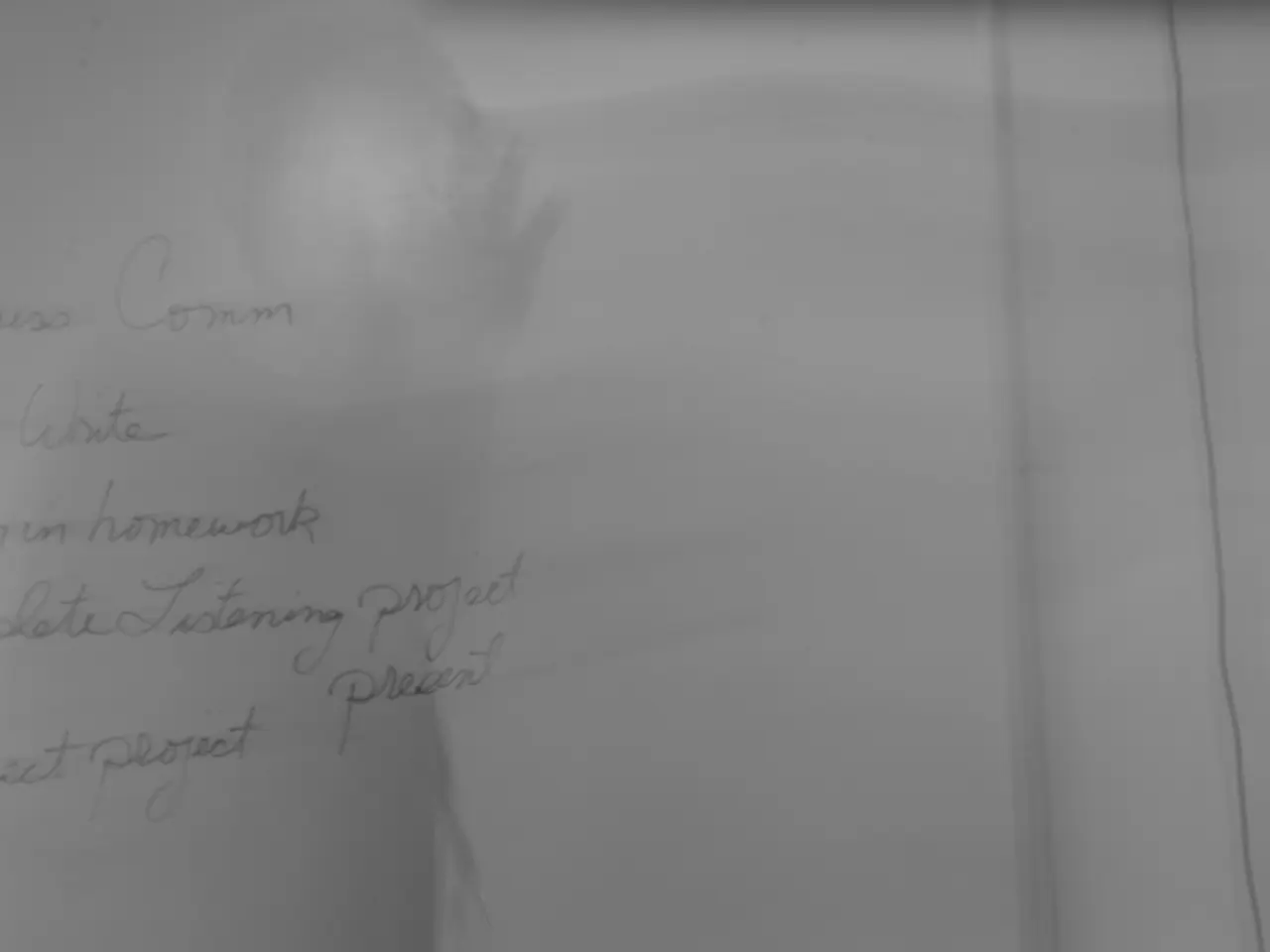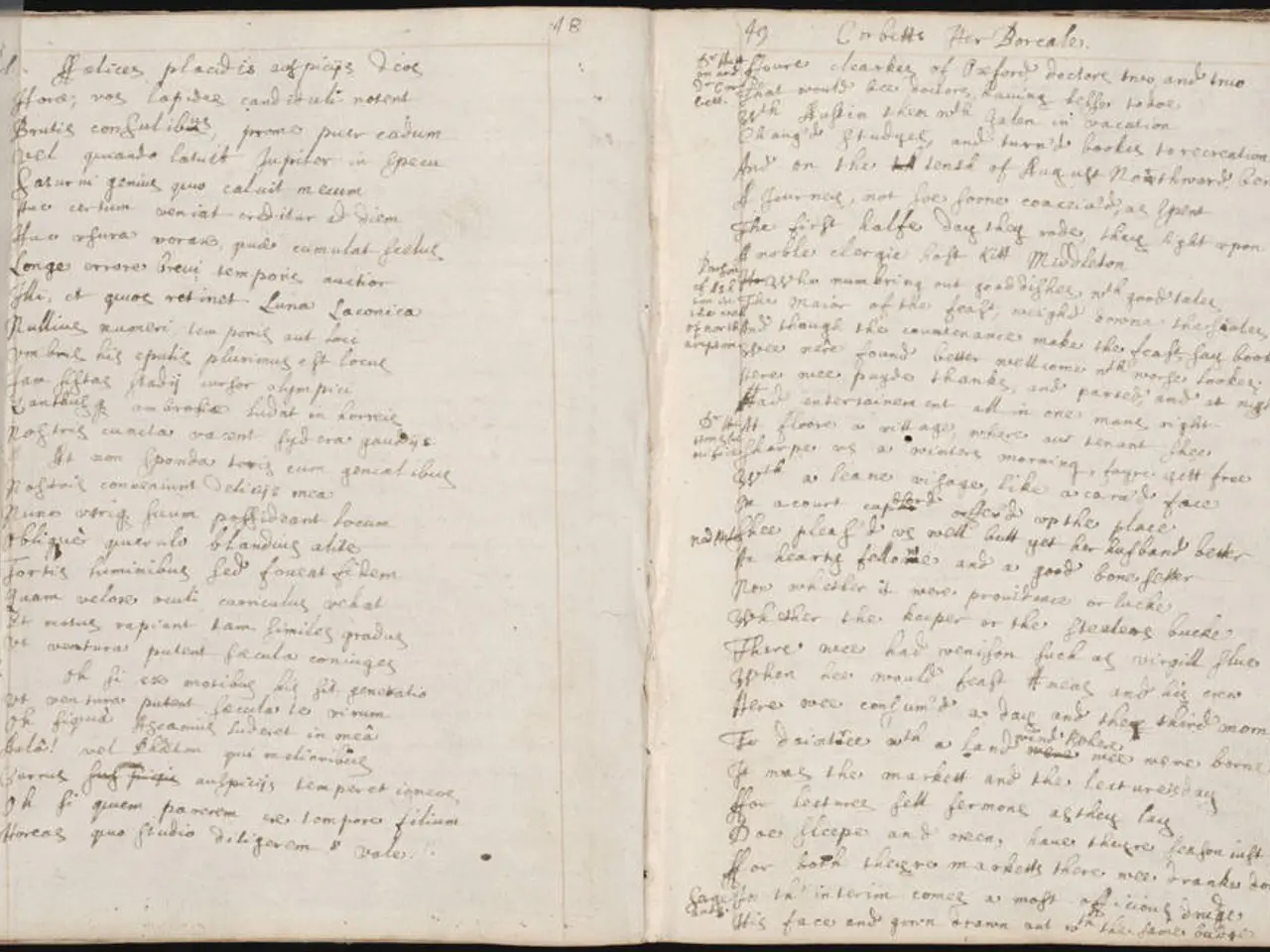Texas Democrats Depart State to Avert Legislative Gathering Necessary for Approval of Redistricting Legislation
In early August 2025, Texas Republicans have proposed a new congressional redistricting map, designed to increase GOP representation in the state. This move, influenced by pressure from Donald Trump's political operatives, aims to boost the Republican share of Texas' House seats from 66% to 79%.
The new map, if passed, could impact the balance of power in the Texas House and reshape districts in major urban areas such as Houston, Austin, and Dallas to secure stronger GOP margins. Notably, the map includes districts that Trump won by at least 10 percentage points in the 2024 presidential election, highlighting its explicit partisan intent.
This partisan redistricting marks a departure from previous justifications based on legal or demographic criteria. GOP lawmakers openly acknowledge political motivations for the new map, a shift that has raised concerns among critics.
Eric Holder, Chairman of the National Democratic Redistricting Committee, has stated that the proposed redistricting in Texas has increased the danger to democracy. Democrats have also expressed concerns that the proposed redistricting would suppress the votes of people of colour.
In response to the Republican efforts, Democrats have resorted to legislative standoffs, such as quorum breaks, but face significant political and financial risks amid the Republicans’ aggressive push.
The impact on the 2026 midterm elections is likely substantial. The new map is structured to enhance Republican opportunities to maintain or grow their slim U.S. House majority by increasing safe GOP seats in Texas. This could reduce the competitiveness of districts and diminish Democratic electoral chances in the state, potentially affecting the national balance of power in the House of Representatives.
A mid-decade revision of the map would be an extraordinary move in Texas. Texas Democrats have previously attempted to block similar moves, such as in 2021 when they left the state to prevent a quorum needed to advance a bill that would have imposed new voting restrictions.
Texas Republicans argue the move is necessary over concerns that the current maps are unconstitutional and racially gerrymandered. However, critics view it as a partisan effort aimed at bolstering Republican prospects in the 2026 midterm elections.
US House Speaker Mike Johnson is the self-declared head of the "majority protection program." Meanwhile, Democrats nationwide have threatened to use the same tactics as Texas Democrats in states like California and New York in response to the redistricting.
Eric Holder has suggested that Democrats may need to change their approach due to the threat posed by the proposed redistricting in Texas. He mentioned that Democrats would still pursue avenues such as raising voter awareness and bringing litigation against the state.
States typically redraw congressional district boundaries once every 10 years following the release of new population data from the United States census. The rewritten congressional map, if passed, could potentially eliminate five Democratic US House seats ahead of the 2026 midterm elections.
This controversial move in Texas politics has sparked a heated debate, with concerns over the potential impact on the balance of power in the House of Representatives and the implications for democracy and voter representation in Texas.
- The proposed congressional redistricting map in Texas, influenced by Donald Trump's political operatives, could potentially reshape districts in major urban areas and boost the Republican share of House seats, causing a shift in the balance of power in the Texas House.
- The new map, if passed, might have significant implications for the 2026 midterm elections, as it is structured to enhance Republican opportunities and reduce the competitiveness of districts, potentially affecting the national balance of power in the House of Representatives.
- In response to the Democratic concerns, US House Speaker Mike Johnson has declared his role as the head of the "majority protection program," while Democrats nationwide threaten to use similar tactics in states like California and New York.
- The impact of this redistricting on democracy and voter representation in Texas has sparked a heated debate, with critics viewing it as a partisan effort aimed at bolstering Republican prospects in the 2026 midterm elections.
- While states typically revise congressional district boundaries once every 10 years following the United States census, the rewritten congressional map, if passed, could potentially eliminate five Democratic US House seats ahead of the 2026 midterm elections, highlighting its explicit partisan intent.








